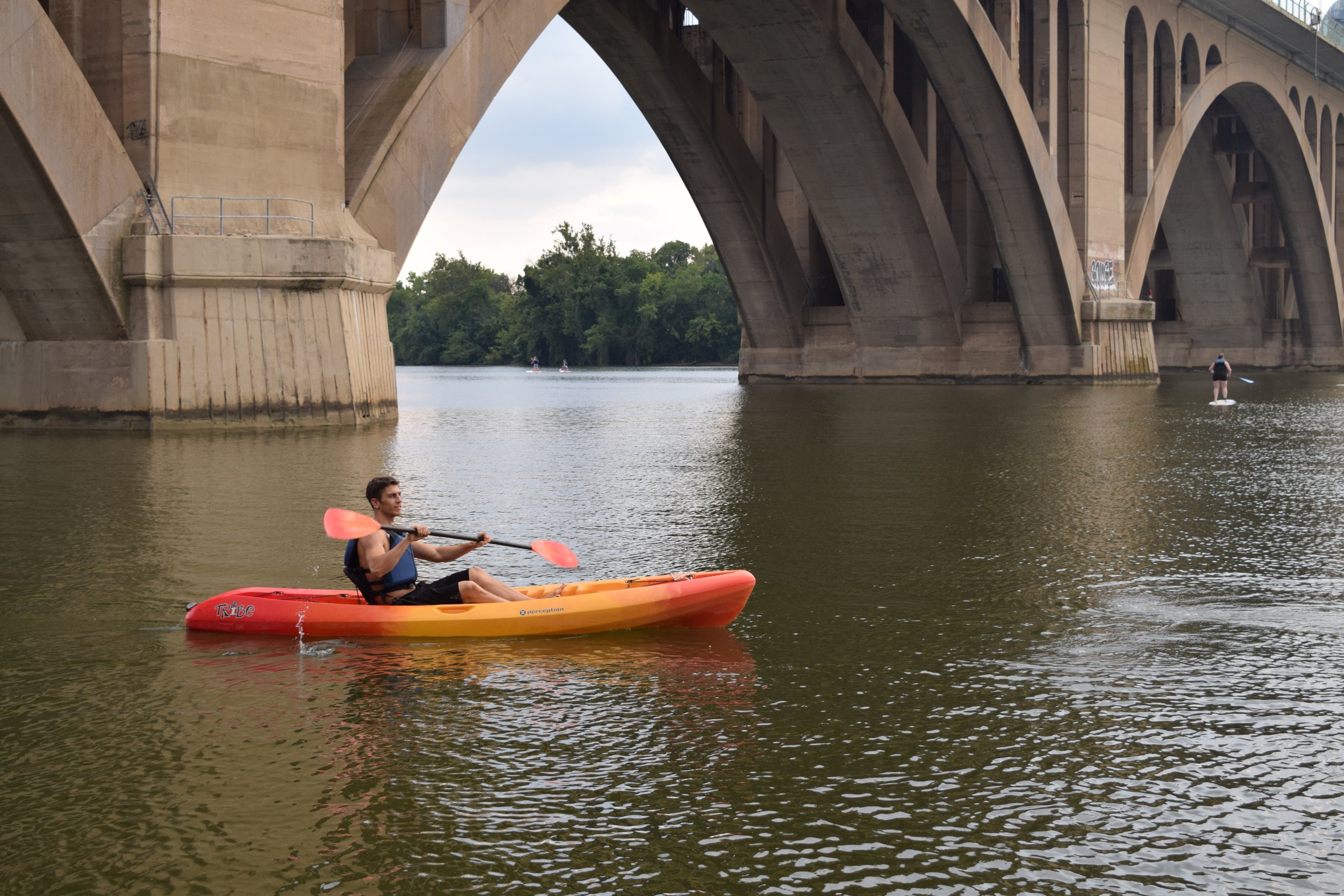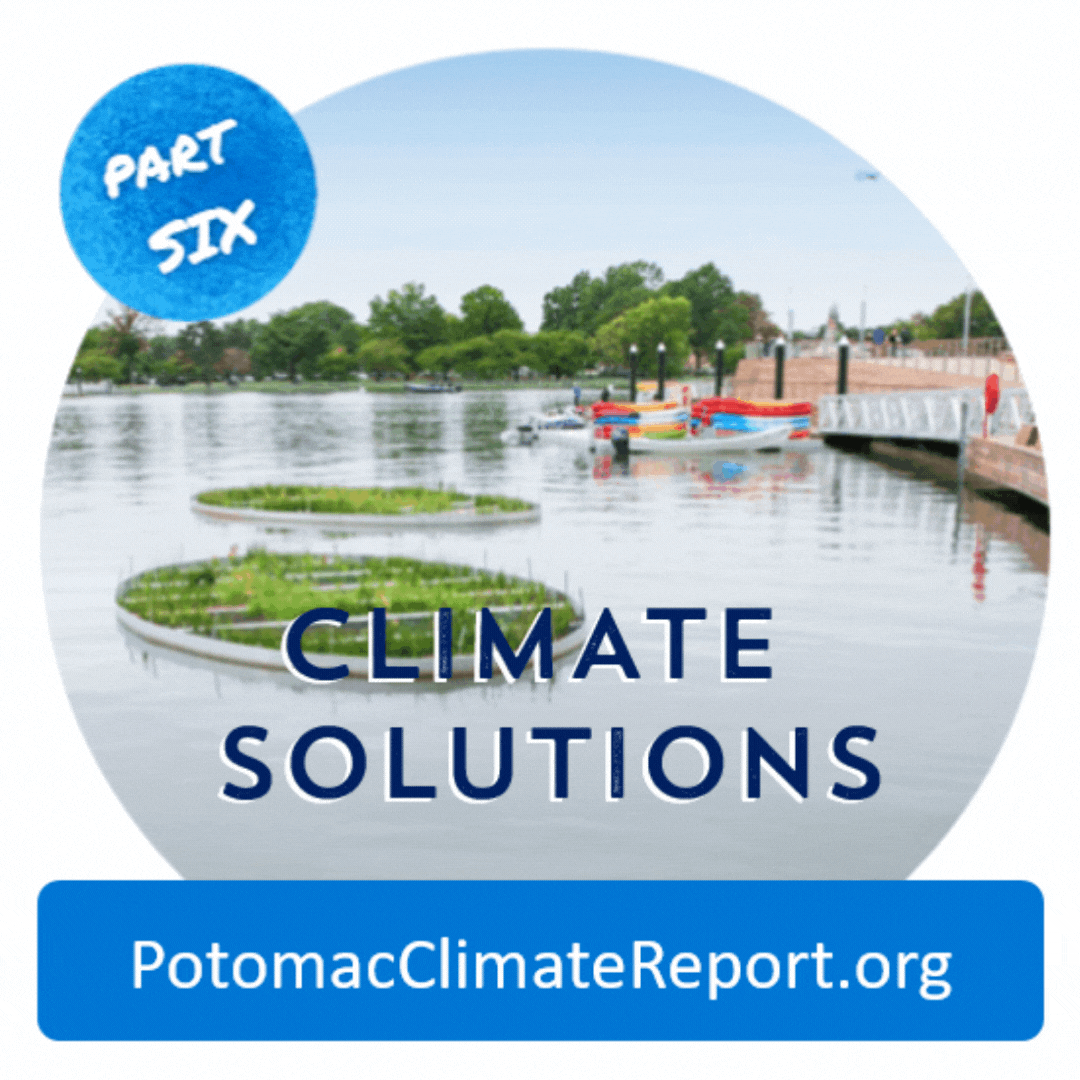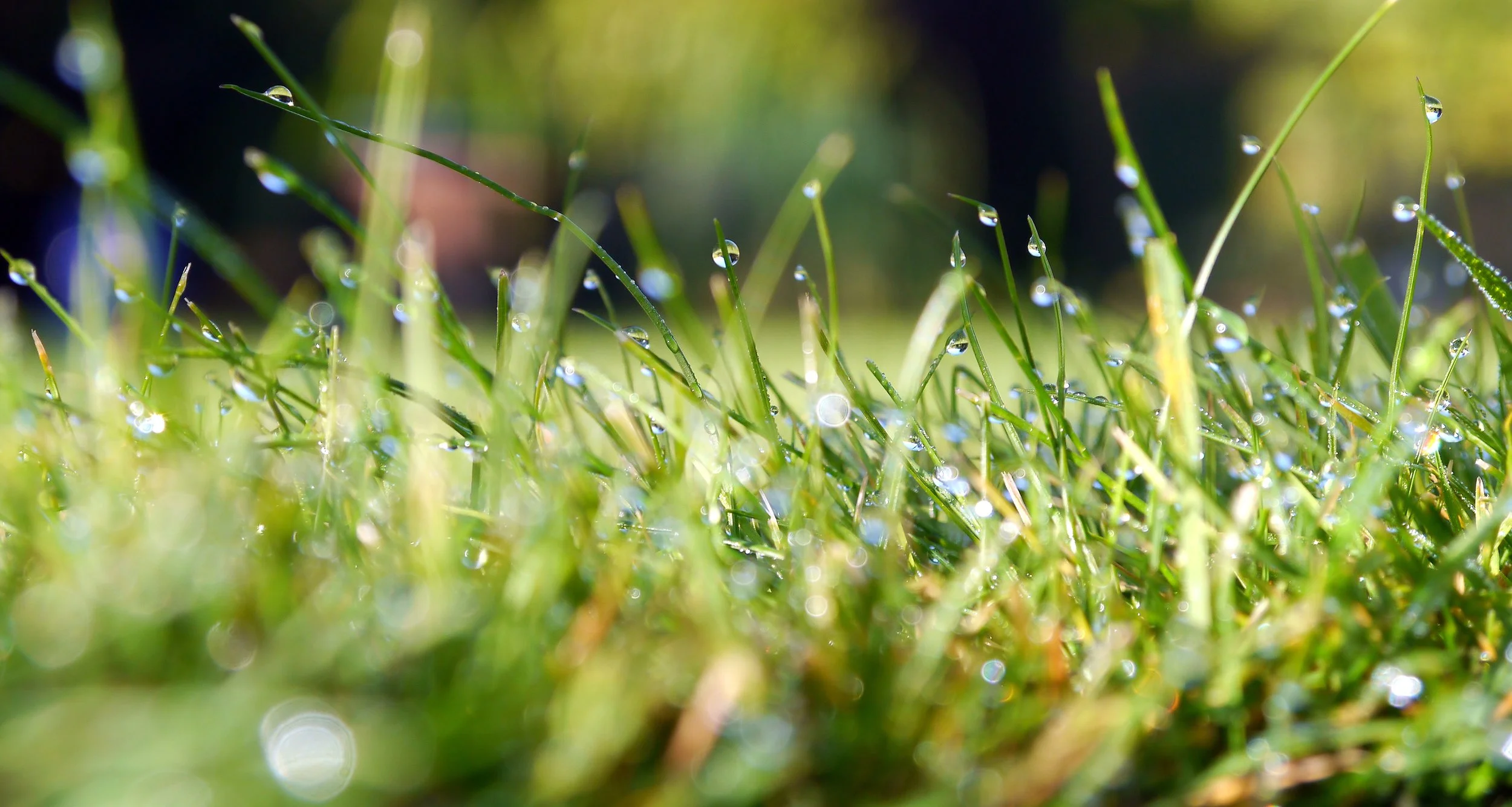Summer hot topic: Is it safe to swim in the Potomac River?
/Improved water quality is a promising sign—here’s what you need to know before dipping your toes in
Kayak Photo credit © William MacFarland, courtesy of MacFarlandPhoto.net
Walking along a riverside trail with sunlight slowly burning your cheeks and sweat dripping down your back, you stop and look longingly at the nearby Potomac. You take a step toward the water that's gently lapping the shore and you hear a crumpling sound under your foot. Glancing down, you see a plastic bottle half buried in the sand. It gives you pause.
"Is it safe to swim in the Potomac River?"
It's a common question we hear from concerned folks in the Washington, DC area—especially now that the hot summer months are here and there are talks of lifting DC’s long-established swim ban.
The answer is—it is and it isn’t. That sounds strange, so let’s clear up a few points and share some tips to keep yours summer cool—and safe.
While swimming is still illegal in Washington, DC, Special access was granted to athletes in the 2017 nations Triathlon, pictured above. Photo credit © William MacFarland, courtesy of MacFarlandPhoto.net
Is it legal?
That depends on where. Currently, there is a ban on swimming in the District’s rivers, but advocates are calling for an end to these restrictions, and for good reason.
A lot has changed in the nearly hundred years since the Potomac’s first swimming ban was instated in 1932, before a sewage treatment system was in place. Potomac Riverkeeper Network is campaigning to lift the current swim ban after reports of vastly improved water quality. Though the local government has not committed to lifting the ban (yet!), officials have been generally supportive.
It is also illegal to go swimming in the Great Falls area of the Potomac River, an area also known as Mather Gorge—but not because of poor water quality. There are enough hazards in this section that even the best kayakers can have trouble navigating the rapids. Check out the Washington Post's interactive map to view the deadly hazards that lurk in these waters.
Great Falls might be a no-brainer, but what about the calm water, nowhere near the falls, where it looks nice and flat? Like in Georgetown for instance? Don’t let the calm-looking water fool you! There are still extremely strong currents under the water that can pull the unaware swimmer down into the river’s depths. For safety reasons, swimming in the Potomac is illegal between Great Falls and the southern Maryland/DC line.
If you're boating and wearing a personal flotation device and you happen to fall in, that is not illegal. But it is advisable that you get back in your boat ASAP.
Bottom line: It is illegal to swim between Great Falls and the Maryland/DC line for safety reasons, as well as within the District due to water quality issues.
And while there is a campaign to lift the swim ban for other stretches of the District’s rivers, the ban is still in place for now. But keep your eye out for news about the ban; you could be enjoying a dip in one of these potential beach locations in DC in the future!
The “Dead Pool” Whirlpool at great falls is a dangerous hazard known for pulling kayakers under. Swimming is illegal at great falls due to such potentially fatal conditions. Image courtesy of Geoff Livingston/Flickr.
Is it safe?
Our latest Potomac River Report Card shows that the river’s health grade has dropped from a B to a B-, but the river is still cleaner than it has been in decades (just 10 years ago we gave it a D!). So is the Potomac still too polluted to swim in?
The overall improved grade doesn't mean the river is always safe for swimming. Here’s what to look out for:
Assuming you're at a stretch of river where it is legal to swim (always check!), the weather is an important factor to consider before jumping in. If it has rained in the past three days, and the water looks brown or murky, then it is best to avoid touching local waterways. Trees and other large debris can lurk just below the water's surface and pose serious danger to those in the river.
Bacteria is also a serious concern. After strong storms, drainage and sewage pipes in and around Washington, DC can overflow. When this occurs, runoff flows directly into the Potomac and Anacostia rivers. Disgusting, right?
These pipes are in the process of getting fixed. DC’s Clean Rivers Project prevented more than 80% of sewage overflows in the Anacostia River since 2018, and plans for sewage reduction in the Potomac are underway as well. Still, it’s better to wait out the sewage aftermath from big storms.
If you’re curious about a particular water hole or spot on the Potomac River, there are ways to find out if it’s safe on any given day. Bacteria occur naturally in the water, but there are certain kinds—like E. coli—that are good indicators of sewage pollution. You can run your own test for E. coli or let others do the testing for you—local citizen scientists are regularly testing our waters and uploading data to the Swim Guide app!
Recent water quality data have indicated several locations along the Potomac and Anacostia Rivers with consistent and adequately low bacteria levels to be considered safe for swimming.
Even in a healthy river, safety should be a number one priority. Always be extra conscious of swimming safety and do not venture out if you are alone or nervous about your ability in the water.
Bottom line: Due to large debris and runoff pollution, you should NOT wade in local rivers or streams if it has rained in the last three days. If you’re unsure, download the Swim Guide app!
What about COVID?
The COVID-19 pandemic is not over, so it’s still important to operate with caution and respect our community’s health. Please follow posted safety recommendations, CDC guidelines, and exercise caution when recreating in or around water.
Where can I keep cool this summer?
Finally, the fun part! There are countless swimming spots across our region—from the sandy beaches at Point Lookout, to backyard streams and creeks.
One of our favorite spots for cooling off on the river is Harpers Ferry, West Virginia. You can book a tubing trip on the Shenandoah or the Potomac River and decide whether you want a relaxing flat water float or an adventurous white water exploration. It's a short drive from downtown DC and the perfect way to keep cool and relax on a scorching summer's day.
Bottom line: There are lots of local spots where it is both legal and safe to swim. Get exploring!


















